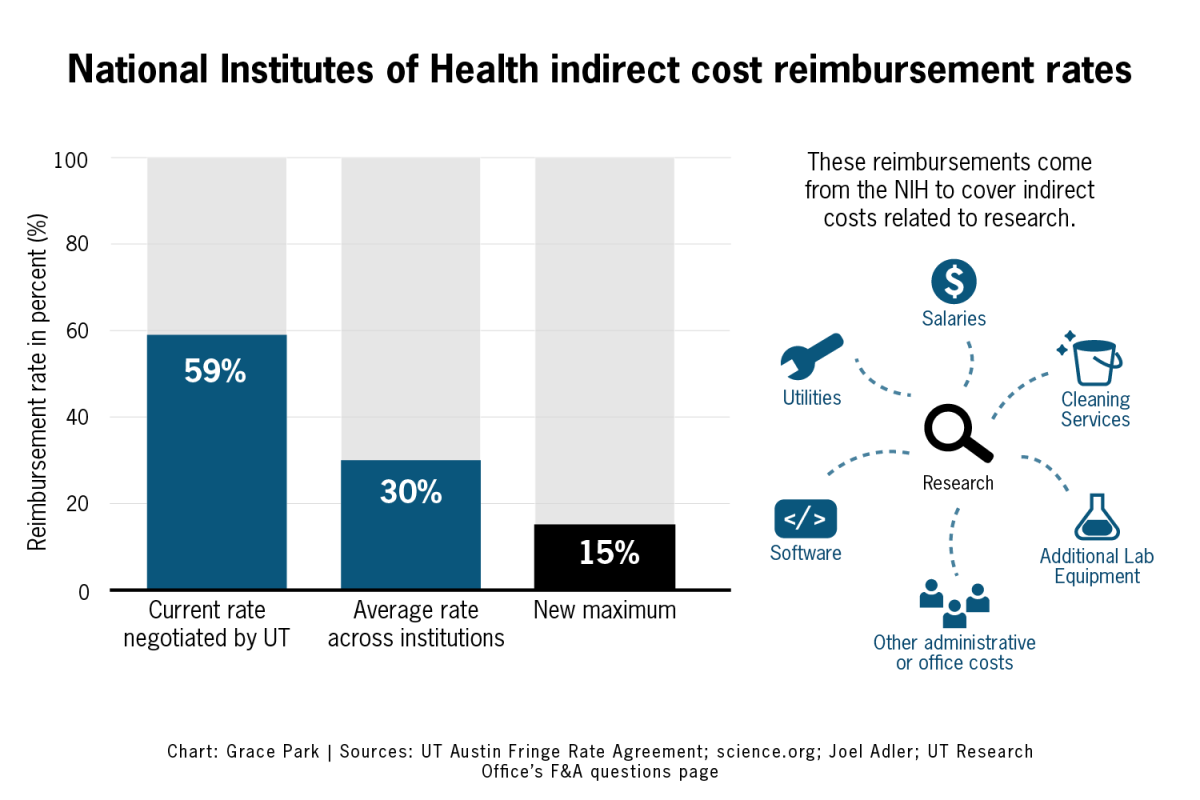Scientists from around the world are meeting this week in Austin to explain the surprising factors that can lead to an unhealthy home.
Austin is hosting the International Society of Indoor Air Quality and Climate’s triennial conference at the Austin Convention Center this week for the first time since the series was launched in 1978.
The Cockrell School of Engineering is co-sponsoring the conference, which will last until Friday. They expect more than 1,000 researchers and students to attend who have conducted studies on air quality and indoor climate issues around the world. Researchers will be presenting studies on factors that contribute to indoor air pollution in an effort to promote safer environmental choices in homes.
UT Engineering Professor Richard Corsi is serving as the event’s president. Brandon Boor, a graduate student in environmental and water resources engineering, co-authored a study with Corsi that shows people in many households are exposed to hazardous materials through their mattresses.
“Flame retardants [in mattresses] are used to prevent fires, which is obviously a good thing,” Boor explained during a presentation at the conference. “However, there is significant research to suggest that they’re also an environmental toxin.”
He said many flame retardants in mattresses have been banned in the U.S. and Europe, but the team’s research showed that many mattresses containing them are still in use today. He said these materials may be carcinogenic and can lead to a number of other health complications including thyroid problems and increased risk factors for autism.
“The focus here is on the sleeping micro-environment,” Boor said. “We sleep for about one-third of our lives, so whatever your mattress is emitting, you’re exposed to every single night for eight hours.”
Speakers at the conference highlighted several everyday activities and products that can be harmful to indoor air quality. Malin Larsson, a professor at Karlstad University in Sweden, presented a study which found the presence of PVC flooring in parents’ bedrooms may increase the risk of autism diagnosis among children.
“Most autism research is done on genetics rather than the indoor environment,” she said. “We speculate that pregnancy and early life are the most important periods of exposure [to hazardous materials].”
Carl-Gustaf Bornehag, a researcher from the Swedish National Testing and Research Institute, studied the contents of condensation from the insides of homes. His team’s study found that improper ventilation in buildings is a common cause of everyday health issues such as sleeping and breathing problems.
“It could maybe have something to do with respiratory problems,” Bornehag said. “It indicates ventilation is meaningful for how we sleep and how we dream.”



















